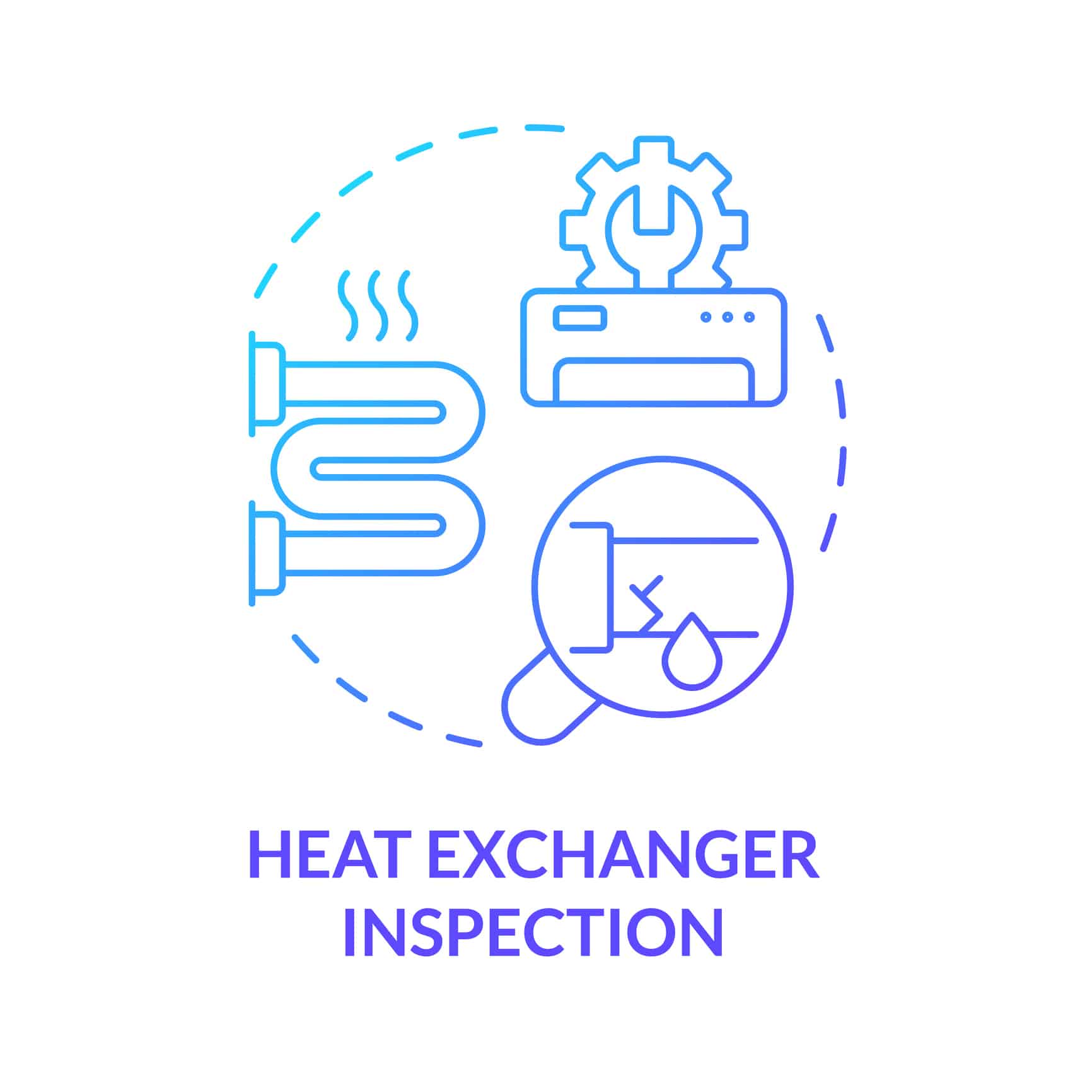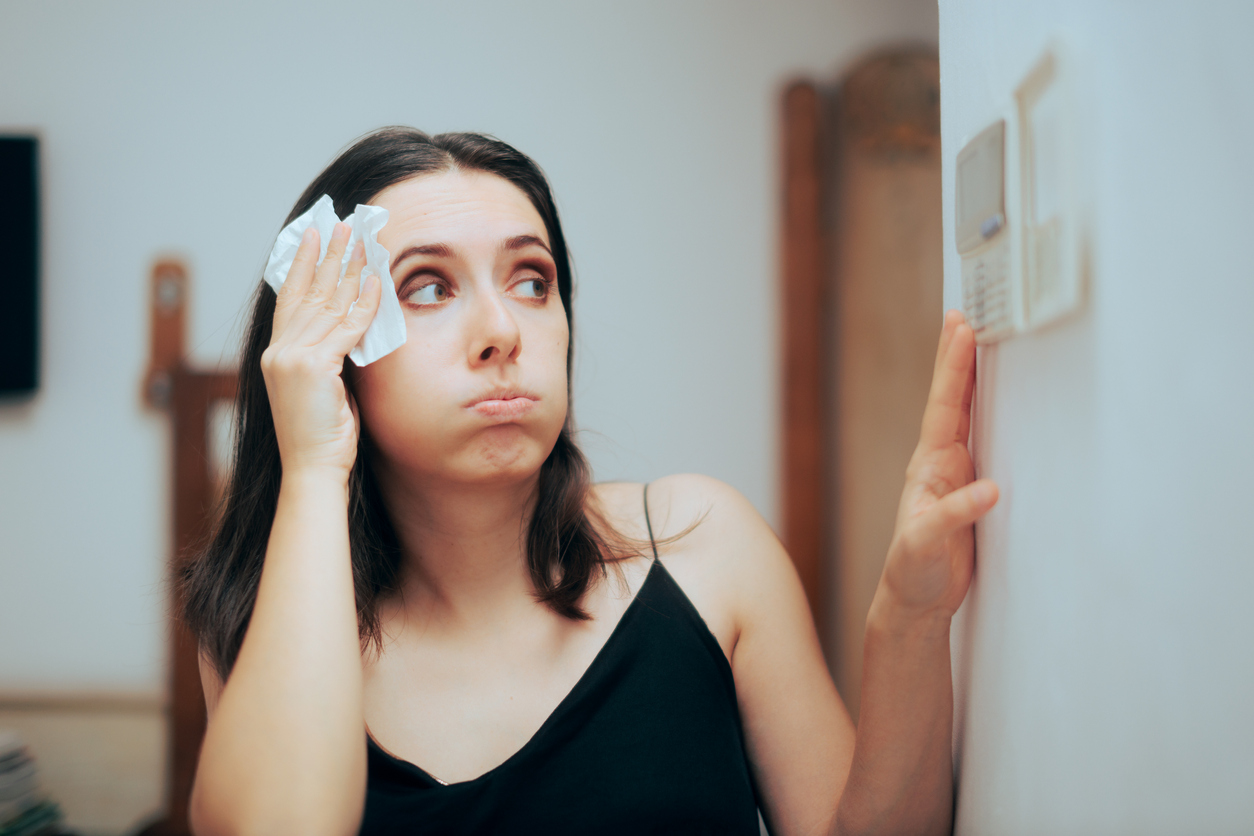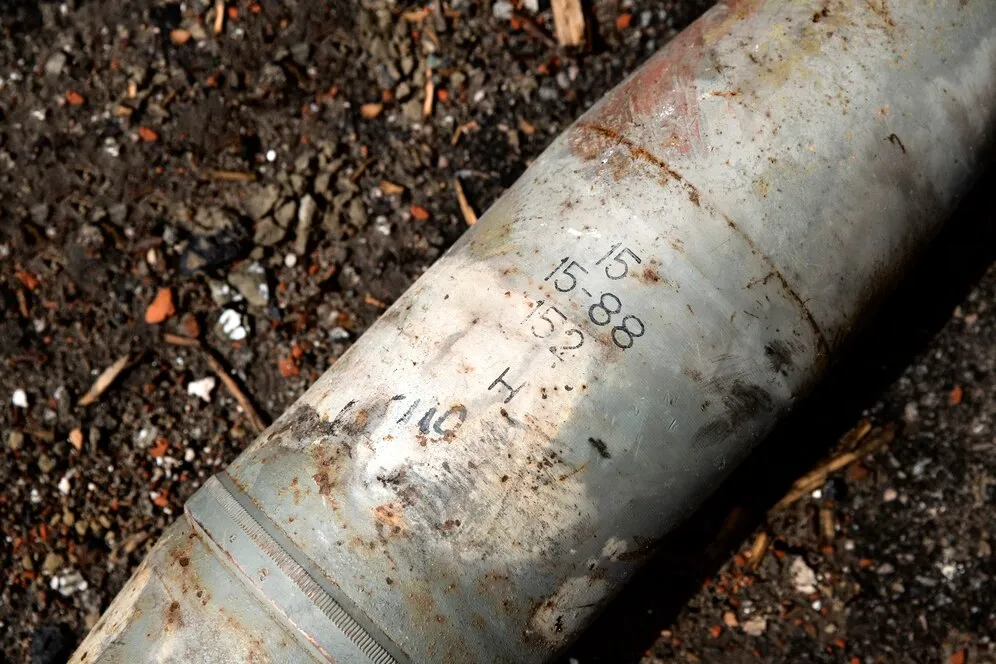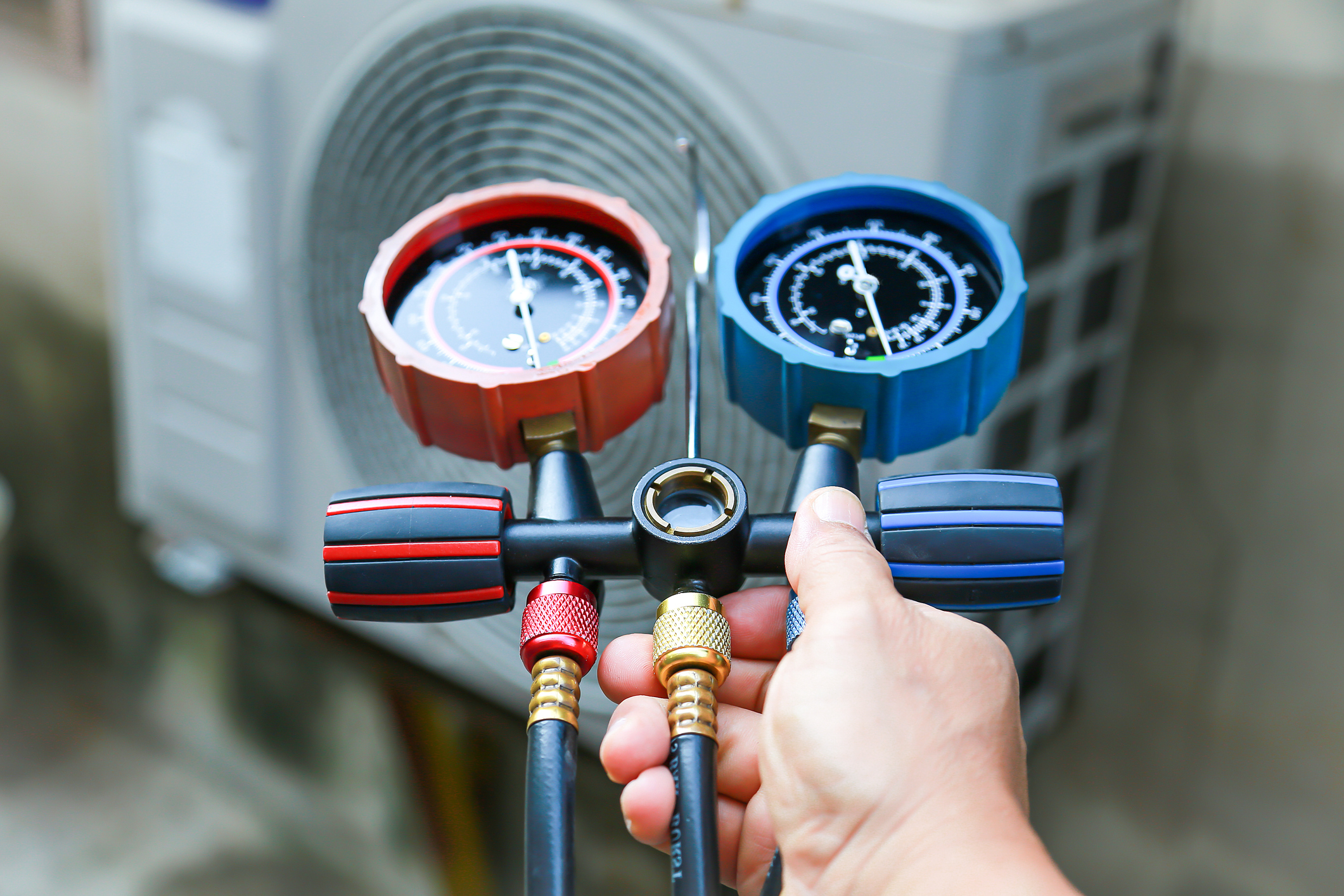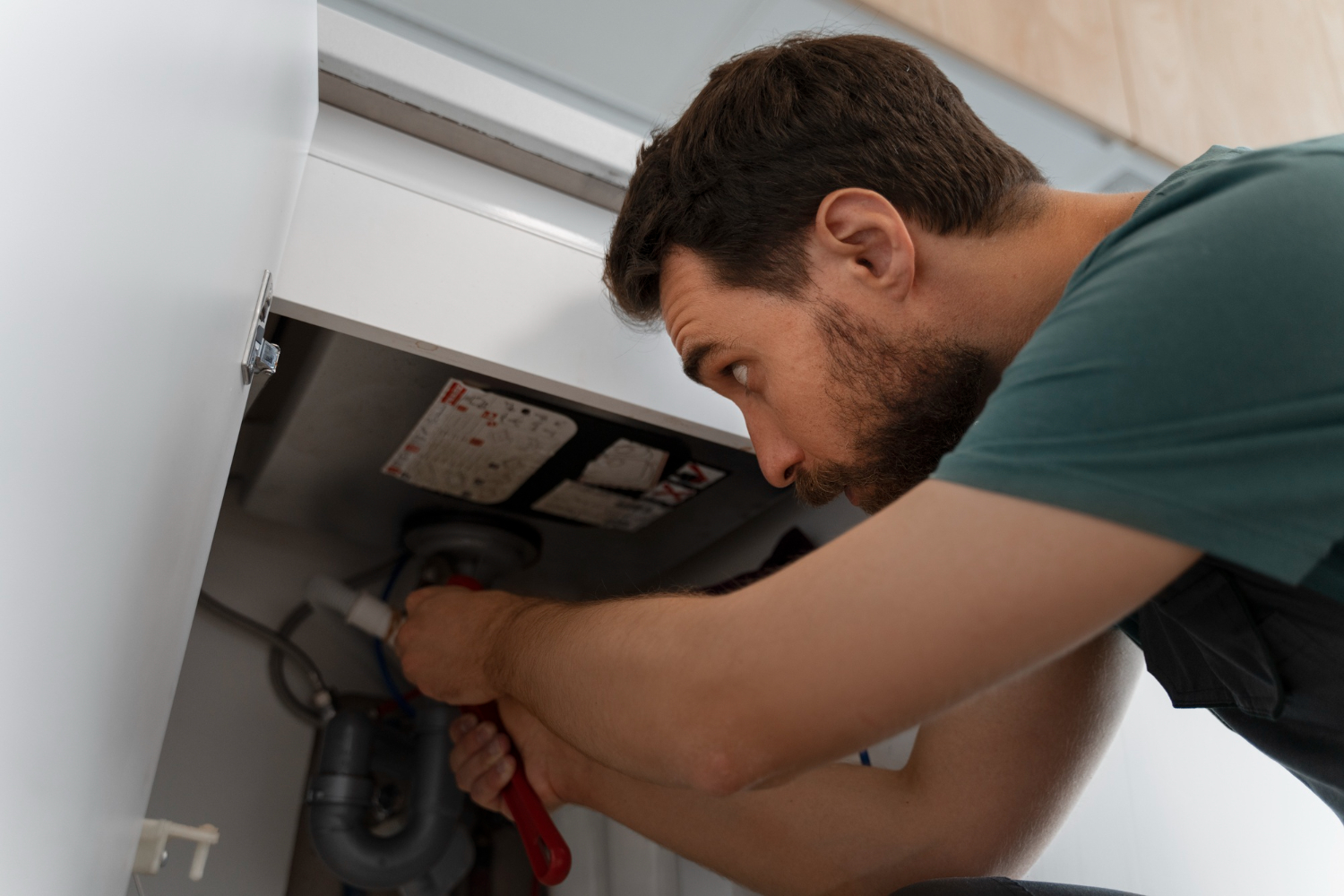March 02, 2020
The need for heat may be simple, but the equipment that delivers this heat to our homes during winter months is far from it. Today’s modern heating solutions rely on a number of different devices and pieces of technology in order to provide you with effective and efficient temperature control. One of these pieces of equipment is your heat exchanger—a device that is responsible for directly heating the air that is pumped into your heater by your blower fan. If your heat exchanger stops working, then so does your heater, plain and simple.
However, your heat exchanger’s most common problem is actually an issue that’s hard to detect and could have potentially serious consequences. A cracked heat exchanger could potentially expose your home and your loved ones to legitimate danger, and in this blog we’ll explain why.
Heat Exchangers & The Danger Of Carbon Monoxide
Carbon monoxide is a completely colorless, odorless, and flavorless gas that’s downright impossible for the average person to detect without the assistance of specialized tools. Unlike its twin brother carbon dioxide (a common gas found in the atmosphere around us), carbon monoxide is toxic to both humans and animals in large quantities. Breathing too much carbon monoxide for an extended period of time could have serious health consequences or could even lead to death in some cases. For this reason, it’s absolutely imperative that you monitor carbon monoxide levels and keep your home free of the gas at all times.
Why do we bring this gas up here? Because carbon monoxide is a natural byproduct of combustion, or burning of a fuel source to generate heat. Exhaust from gas-burning furnaces as well as gas or wood fireplaces and even campfires all have carbon monoxide present. In an open space, like with a campfire, this isn’t a big deal since the amount produced isn’t nearly enough to saturate an area. However, within an enclosed space, like in your home, carbon monoxide levels can build over time and potentially create dangerous circumstances. This is the purpose of your exhaust system—to safely and properly handle this exhaust and to filter carbon monoxide into the atmosphere where it can be safely dissipated.
Heat Exchangers & Handling Exhaust
Heat exchangers work on a fairly simple principle. When your furnace’s burns fuel and produces heat, the heat exchanger then collects passes that heat into the air that’s forced through it. This indirect heating of the air that’s passed around your home means you don’t have to worry about any exhaust fumes accidentally permeating the air that swirls around your home.
However, a cracked heat exchanger breaks that separation between the exhaust and the air pumped throughout your home, making it possible for carbon monoxide to potentially spread throughout your home. Running your heater long enough could allow too much carbon monoxide to escape and create a dangerous situation where you and your loved ones could be at risk.
What Causes Cracked Heat Exchangers?
There are several reasons why your heat exchanger could crack. By far the most common reason is perhaps the simplest: the passage of time and wear and tear of day to day use. Furnaces see an average of 900 hours of operation or more in cold northern climates, and that means your heater could be heating up and then cooling down again roughly around 3,000 times per year. When you consider how thin the metal in heat exchangers can be in order to promote better and faster heat transfer, it’s easy to see how that metal could eventually wear out from the stress and crack over time.
However, one other thing that also factors into heat exchangers cracking is poor maintenance or a lack of proper care of your furnace. If you don’t have your system regularly inspected and cared for, then factors that increase wear and tear can creep in and begin to impact your system even faster. Before you know it, your system has worn out far faster than you expected it to.
What To Do About A Cracked Heat Exchanger
If you suspect your heat exchanger could be cracked, usually indicated by smelling exhaust when your furnace is turned on, then the first thing you should do is shut off your heater immediately. Do not turn it back on again and call a professional to have your system inspected right away. Likewise, open the doors and windows in your home to allow fresh air to circulate through. It may be cold outside, but you want the fresh air to permeate into your home and reduce the concentration of carbon monoxide that could be in the atmosphere.
However, sometimes it can be hard to tell if your heat exchanger is cracked, and for that reason we always recommend putting a high-quality carbon monoxide detector in the immediate vicinity of your heat exchanger. This should give you plenty of additional warning if carbon monoxide levels are too high and allow you to take action quickly.
Don’t hesitate to take action if your heat exchanger is broken! Call EnviroSafe Plumbing Heating, Air Conditioning, Water Treatment at (856) 208-5108 today.

